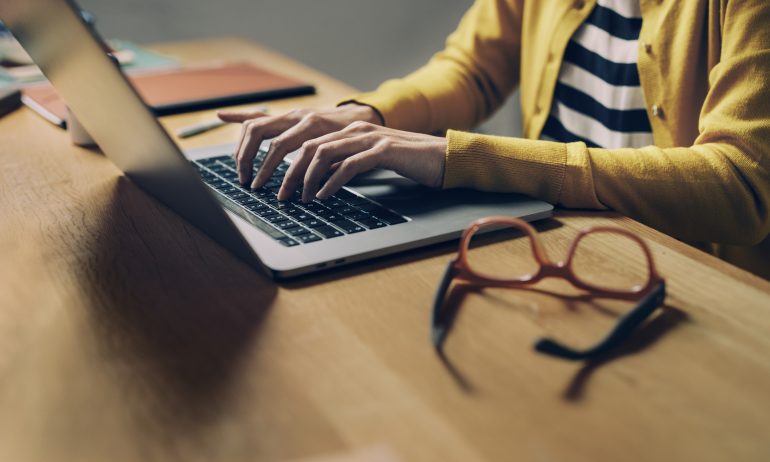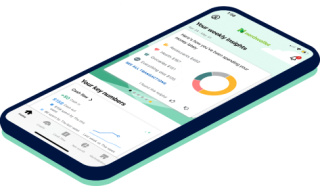Guide to Affordable Internet for Low-Income Households

Many or all of the products featured here are from our partners who compensate us. This influences which products we write about and where and how the product appears on a page. However, this does not influence our evaluations. Our opinions are our own. Here is a list of our partners and here's how we make money.
Access to the internet at home is not a luxury for most Americans. When it comes to completing schoolwork and working from home, connecting with friends and family over video chats, attending telehealth appointments and paying bills online, access to reliable and affordable home internet is vital.
Still, in the United States about 24 million households — or roughly 1 in 5 — don't have internet access at home. That's according to the Department of Commerce's National Telecommunications and Information Administration in data from 2021, its latest available. And 4.4 million offline households cite "the internet is too expensive" as the reason they don't have access at home.
Internet speeds have increased while prices have decreased in recent years, according to the 2023 Broadband Pricing Index, which is published by internet provider association USTelecom and compiles public data from the Federal Communications Commission and other sources.
But costs are still prohibitive for some low-income families. (Find out what is considered low income.) Inflation has driven up prices, and purchasing a computer or tablet to access the internet at home is a barrier to entry for some. Still, there are ways to lower your internet bills.
To make pricing more transparent, the FCC has begun requiring major internet service providers to display consumer labels, similar to nutrition labels on food, that break down all fees.
Average monthly costs for home internet plans
So, how much does a home internet plan cost per month? In 2023, the most popular internet service packages cost an average of $29.74 per month, according to the Broadband Pricing Index. This package included download speeds of 104Mbps, or megabits per second, which is how internet speed is measured.
Plans with higher internet speeds, 306Mbps, cost more, an average of $54.34 per month.
How to apply for low-income internet
Funding is running out for the FCC’s Affordable Connectivity Program, which provides a monthly discount to enrolled families, and Congress hasn't acted yet this month to restore the money. The FCC said it would reduce payments in May as it winds down the program.
However, a second FCC program, Lifeline, remains active and could help you save money.
What you need to know about Lifeline
Lifeline gives eligible low-income households a monthly $9.25 discount on the cost of internet, phone or one of the bundled packages offered by providers. People living on tribal lands can receive up to $34.25 off their monthly bill.
You may qualify based on your income or if you use certain assistance programs.
Who is eligible for Lifeline?
Lifeline is aimed at people whose income is at or below 135% of the federal poverty guidelines or who participate in federal assistance programs, including:
Federal public housing assistance.
Medicaid.
SNAP.
Certain tribal programs.
SSI.
Veterans and survivors pension benefits.
If a child or dependent participates in one of those programs, that might also qualify the household.
How to apply for Lifeline
To determine if you qualify, apply online, contact your phone or internet company directly, or download and mail in an application. If you have a disability and need help with applying, you can call the Lifeline Support Center at 800-234-9473.
The application will ask for your full name, date of birth, home address and tribal identification number or the last four digits of your Social Security number.

How to keep Lifeline
You'll need to recertify for the Lifeline program annually to keep the benefit. The Universal Service Administrative Co., which administers Lifeline for the FCC, checks yearly to ensure you still qualify. If USAC cannot confirm your eligibility, you will receive a letter in the mail or a voicemail. You'll have 60 days to respond before you lose access to the discount.

